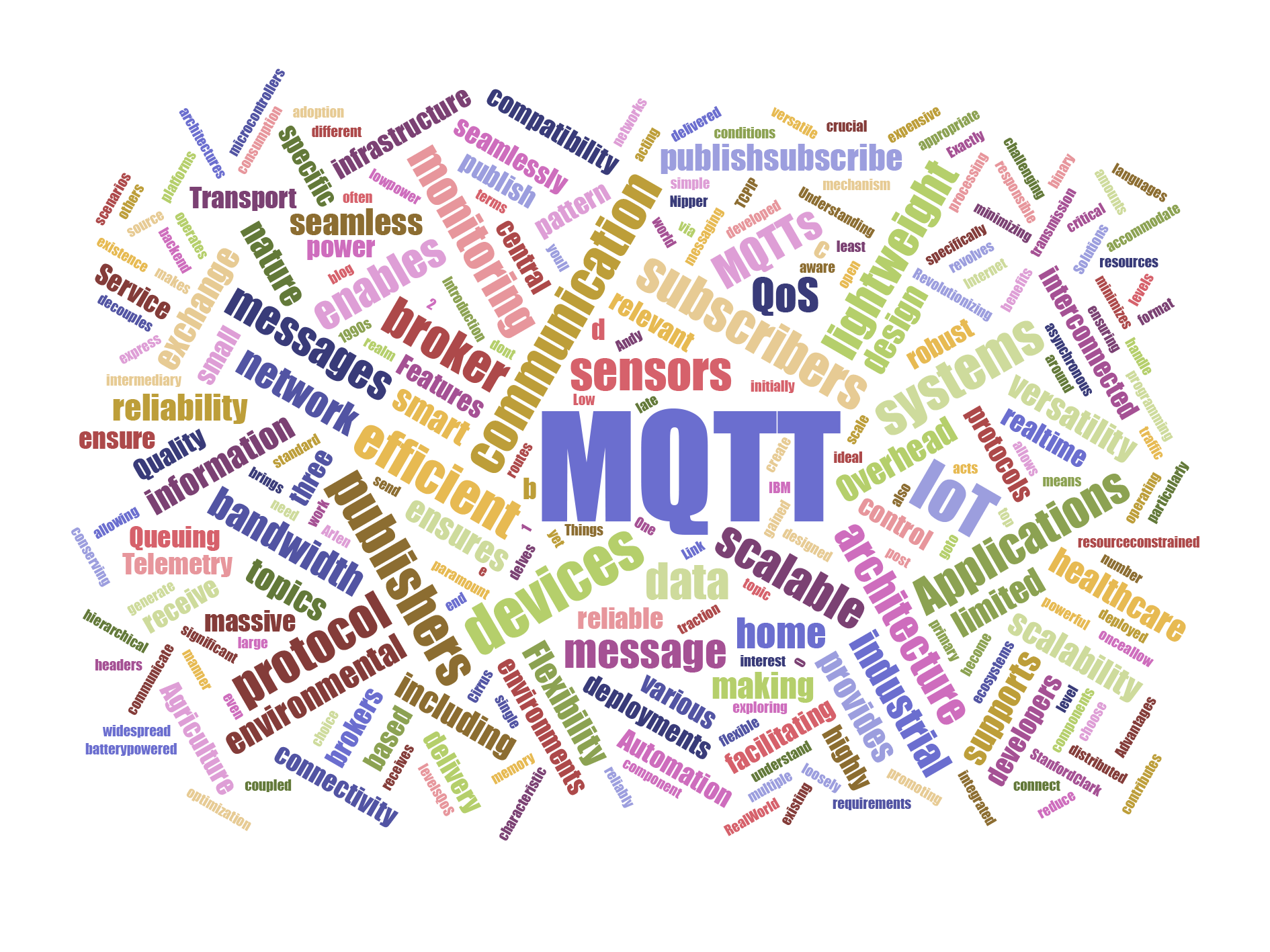Table of Contents
- Introduction
- 1. Application Configuration Using Environment Variables
- 2. Explicit Declarations for Managing Dependencies
- 3. Externally Storing Application State
- 4. Horizontal Scaling using Process Model
- 5. Developing stateless Apps
- 6. Handling logs like event streams
- 7. Making Development and Production Environments Equal
- 8. Automating the processes for build, release, and deployment
- 9. Making Stateless Processes a Reality
- 10. Using Telemetry for Observability and Monitoring
- 11. Introducing Administrative Procedures as One-Time Tasks
- 12. Providing Stateless Clustering Support for Horizontal Scaling
- Conclusion
Introduction
The creation of scalable and reliable apps is essential for success in the field of software development. The 12 Factor Software Pattern offers a set of guidelines and best practises for developing cutting-edge, cloud-native apps. We’ll explore the 12-Factor Software Pattern’s ideas and how they help create highly maintainable and scalable software as we delve into its universe in this post. Developers can construct programmes that excel in scalability, adaptability, and portability by comprehending and incorporating these elements.
1. Application Configuration Using Environment Variables
The first of the 12 factors in the software pattern emphasises the value of leveraging environment variables to externalise settings. Developers may easily manage and adjust settings without redeploying the programme by storing configuration information independently from the application code. This strategy guarantees flexibility and portability and enables the deployment of the same application code across diverse environments. By separating critical information from the codebase, it also improves security.
2. Explicit Declarations for Managing Dependencies
The second point emphasises the value of explicitly stating dependencies. Developers can guarantee reliable builds by putting dependencies in a manifest file or using a package management system. Version control is encouraged, and the process of setting up development environments is made simpler. Collaboration and scaling are made simple for team members.
3. Externally Storing Application State
The third factor suggests preventing the application state from being contained within the application. Applications can be readily extended horizontally by utilising stateless processes and external data stores. This method also aids in fault tolerance because it allows for the replacement or addition of application instances without affecting the system as a whole.
4. Horizontal Scaling using Process Model
The fourth aspect emphasises the use of a process model-based horizontal scaling strategy. This means that rather than relying on vertical scaling, applications should be built to scale by adding more instances or processes. Applications can handle greater traffic effectively and offer better performance and availability by doing this.
5. Developing stateless Apps
The fifth element encourages the use of statelessness when designing applications. Applications become more resilient and scalable when client-specific data is not kept in the application’s memory. Stateless apps may simply scale and provide high availability by using load balancing across numerous instances. This approach also makes the deployment and maintenance of the application easier.
6. Handling logs like event streams
The sixth element advocates the use of standard output channels and suggests treating logs as event streams. Developers can divorce the application from the logging infrastructure by using this strategy, which makes log management and analysis simpler. Furthermore, by treating logs as event streams, it is possible to monitor and analyse data in real-time, improving troubleshooting and debugging procedures.
7. Making Development and Production Environments Equal
The seventh factor emphasises the maintenance of parity between the development, staging, and production environments. Developers can lower the likelihood of problems emerging when migrating programmes from one environment to another by minimising configuration differences and ensuring consistency across environments. This method improves predictability and makes it simpler to spot and fix issues as the system is being developed and deployed.
8. Automating the processes for build, release, and deployment
The automation of build, release, and deployment procedures is emphasised in the eighth element. Developers can speed up the delivery of new features and bug fixes by implementing continuous integration and continuous deployment (CI/CD) practises. Automation makes releases faster and more frequently possible while lowering the likelihood of human error. Additionally, it makes rollbacks and the capability of going backwards, if necessary.
9. Making Stateless Processes a Reality
The ninth component advises creating applications as a collection of independent, stateless processes. Applications may be readily scaled horizontally and become more resilient by avoiding common states between processes. Furthermore, stateless processes improve fault tolerance and isolation because they prevent cross-process communication. With this strategy, load balancing is effective, and failure recovery is seamless.
10. Using Telemetry for Observability and Monitoring
The tenth component encourages the use of telemetry for observation and monitoring. By instrumenting their applications to gather and analyse metrics, developers can acquire insights into the behaviour and performance of their software. Telemetry offers proactive monitoring, rapid anomaly identification, and performance optimisation of applications. It simplifies troubleshooting and aids in locating and resolving problems before they have an effect on end users.
11. Introducing Administrative Procedures as One-Time Tasks
The eleventh component advises considering administrative chores as one-off processes and separating them from the application code. This strategy guarantees that administrative operations, like database migrations or setup chores, are carried out independently and don’t interfere with an application that is already operating. It improves the application’s stability and makes managing administrative duties easier.
12. Providing Stateless Clustering Support for Horizontal Scaling
The twelveth factor emphasises the ability to allow stateless clustering for horizontal scalability. Applications should be created so that many instances can be dynamically added or removed without affecting the system as a whole. High availability, fault tolerance, and the capacity to expand the application in response to changing workloads are all made possible by stateless clustering.
Conclusion
The 12-Factor Software Pattern offers a thorough manual for developing scalable and dependable applications. Developers can create apps that are adaptable, portable, and easily scaleable by following these concepts. Adopting the 12 Factor Software Pattern lays the groundwork for creating cutting-edge, cloud-native apps that satisfy the requirements of the rapidly changing technology landscape of today. You can read more about 12 Factor Design pattern here.











